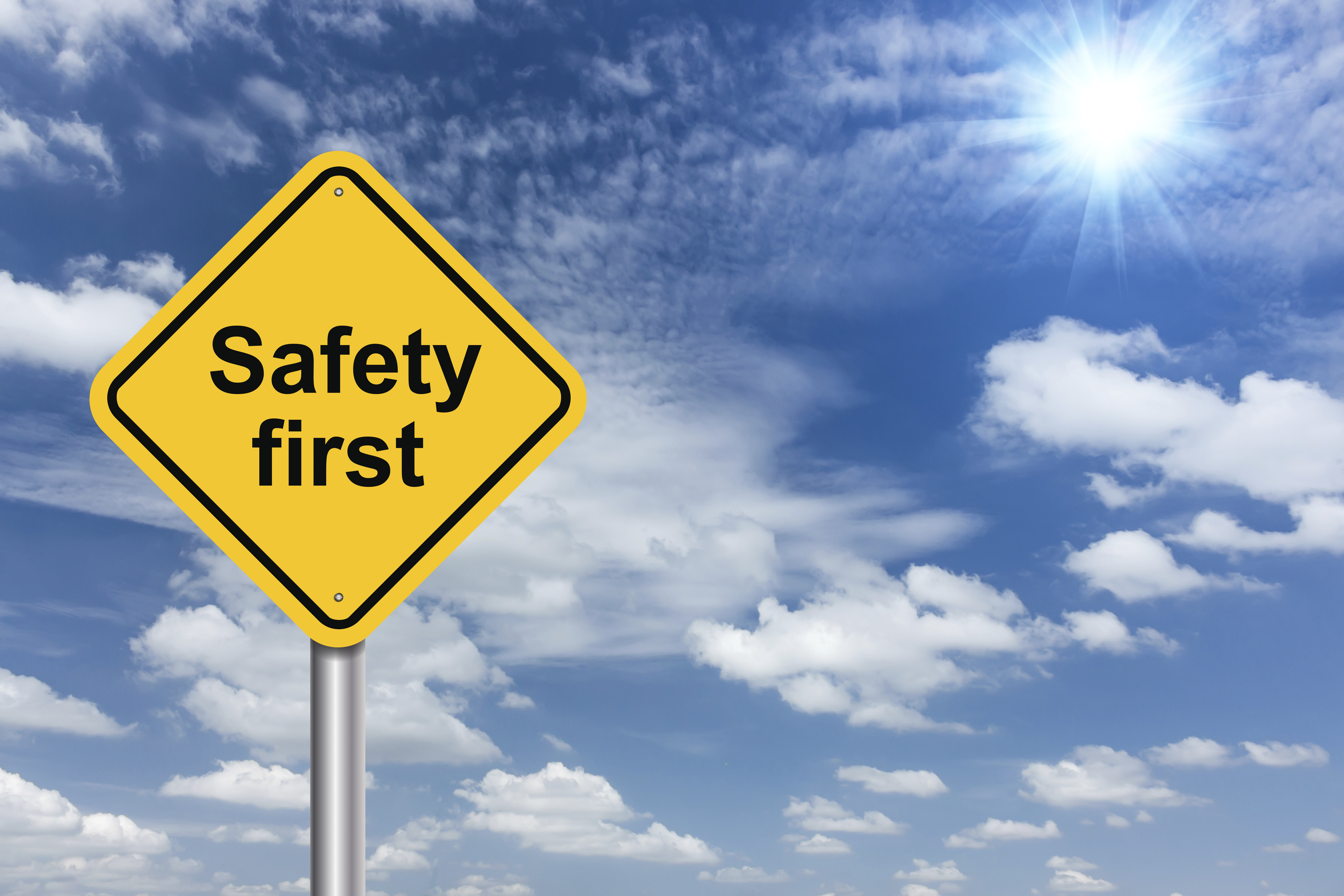We use cookies to make your experience better. To comply with the new e-Privacy directive, we need to ask for your consent to set the cookies. Learn more.
Avoiding OSHA Violations with Appropriate Warehouse Signage
Proper signage is important in any work environment, and the Occupational Safety & Health Administration (OSHA) has strict requirements for signs in warehouses and storage facilities. OSHA regulations require employers to clearly post warnings about potential hazards, and the administration even specifies the appropriate design elements for those signs. In fact, OSHA devotes two full standards to signage — more than thirty rules about signs and tags.
Your operation needs to comply with every relevant regulation, and these highlights should help you start making an effective plan. This is intended as an introductory guide; for comprehensive assistance with OSHA, contact an attorney or a trained OSHA compliance officer. 
Categories of Signage.
General industry standard 1910.145 divides signage into three categories: danger signs, caution signs, and safety instruction signs. Danger signs warn workers of immediate, specific safety threats. While just as important, caution signs suggest a little less immediacy; they alert workers to "possible hazards" or discourage "unsafe practices." Safety instruction signs provide "general instructions and suggestions relative to safety measures."
Wording of Signs.
Rules about the language used on signs are found in standard 1910.145(e)(2). The main takeaway is that safety signs must be easy to read and understand quickly. If they suggest a particular workplace practice, the sign should tell workers what to do, not what to avoid. OSHA also specifies that the words printed on a sign should all be "accurate in fact." Inaccurate or outdated signs may constitute a violation in some instances.
Design Specifications.
Safety sign aesthetics play an important role in comprehension, so unfortunately, you can’t always use company colors or fonts when selecting signage. OSHA standard 1910.145(d)(1) specifies that corners of signs must be blunt or rounded, and that the materials should not include sharp edges or splinters.
The regulations also specify color combinations for the different categories of signage. An OSHA-compliant danger sign must be printed in red, black, and white. Caution signs should have a yellow background and a black panel with yellow letters. Words on the background should be printed in black. Safety instruction signs use white letters on a green panel against a white background.
Contrast With Signage Standards for the Construction Industry.
In regulation 1926.200, OSHA provides standards for accident prevention signs and tags in the construction industry. While many of these rules mirror the general industry standards to the letter, OSHA 1926.200 also includes specifications for exit signs, directional signs, and traffic signs. Some warehousing operations may be governed under one or both sets of regulations. Contact your nearest OSHA regional office to determine exact requirements for your facility.
OSHA regulations are fairly strict about signage for a good reason: signs are extraordinarily effective for limiting hazards. Accurate signage can prevent injuries and fatalities, and well-placed signs can also improve productivity by reinforcing appropriate work habits. To run a safe and efficient operation, be sure to order compliant signage and keep it posted, visible, and up-to-date.
References:
“Accident Prevention Signs and Tags. - 1926.200.” Occupational Safety and Health Administration. United States Department of Labor, n.d. Web. 09 July 2015.
"Specifications for Accident Prevention Signs and Tags. - 1910.145." Occupational Safety and Health Administration. United States Department of Labor, n.d. Web. 09 July 2015.
